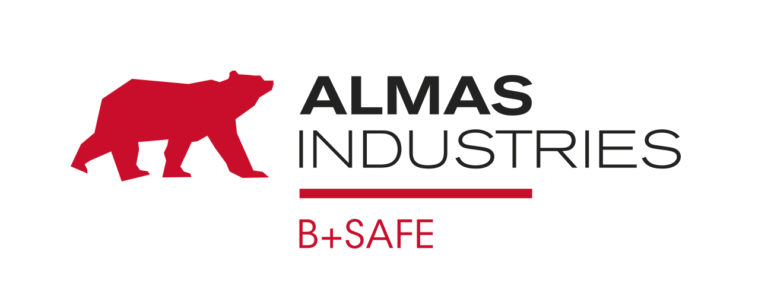The OVINNOVA Operative Group and its associated entities present the Museum of Transhumance, the first national project that was born in virtual format with the sole objective of publicizing and preserving Transhumance and its benefits and relevance in history, anthropology, ethnography or the sociology. It is difficult to find a livestock practice so linked to nature and with so many environmental, socio-cultural, territorial and economic benefits.
A tradition with unknown benefits
Among the environmental benefits, it should be noted that it is an activity that extends to disadvantaged and basically mountain areas; favors biodiversity, contributing to the diversification and conservation of habitats of very high environmental value.
In addition, it has generated ecosystems with a great biodiversity of the grazed pasture. The diversity of plants in these natural pastures is one of the highest known, with more than 40 plants per square meter; and fire prevention is another of the great and unknown benefits that it has, since livestock consume dry matter that is a great forest fuel.
Regarding the economic and social aspects, transhumance has favored the sustainability of many provinces, creating wealth in the most disadvantaged areas, as well as allowing a great use of high-quality resources. Being a clear example of a family farming production system, resilient and a model of a sustainable food system.
The Museum of Transhumance
Transhumance is an ancient practice, which has always offered multiple benefits to society and the environment, such as the transport of seeds or the natural fertilization of the land.
Currently, Spain is one of the few countries in the world where transhumance continues, mainly the Merina species, the most widespread in the world and whose origin is located in the national territory.
In the words of Tomás M. Rodríguez, director of INTEROVIC, one of the promoters of the project: “This activity, recognized as Intangible Heritage of Humanity and which has generated great historical and cultural wealth, is unfortunately in danger of extinction. Every day there are fewer shepherds willing to move their herds from the hot Extremadura meadows to northern Spain in the spring and summer, and back in the fall. For this reason, it is vital to value a culture as rich and peculiar as ours, so that its people and all that they have contributed throughout history, do not fall into oblivion. “












